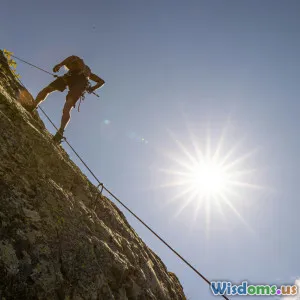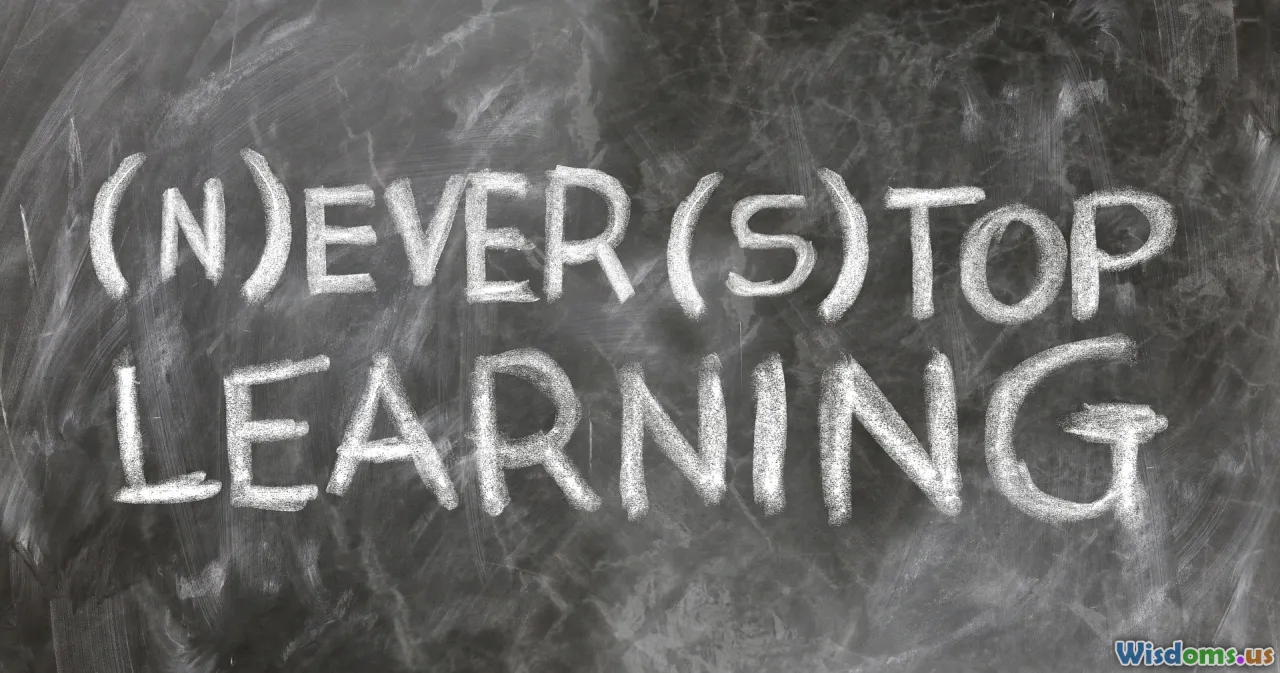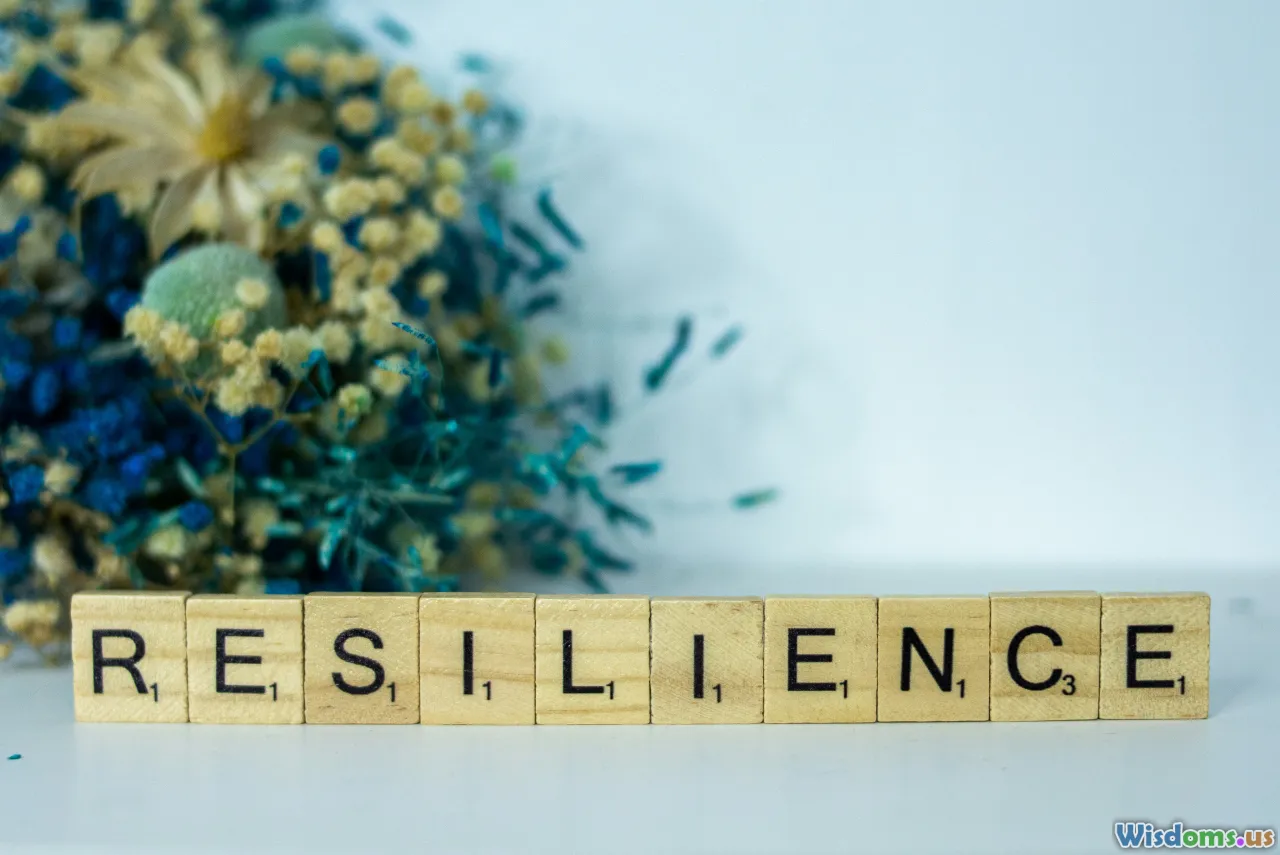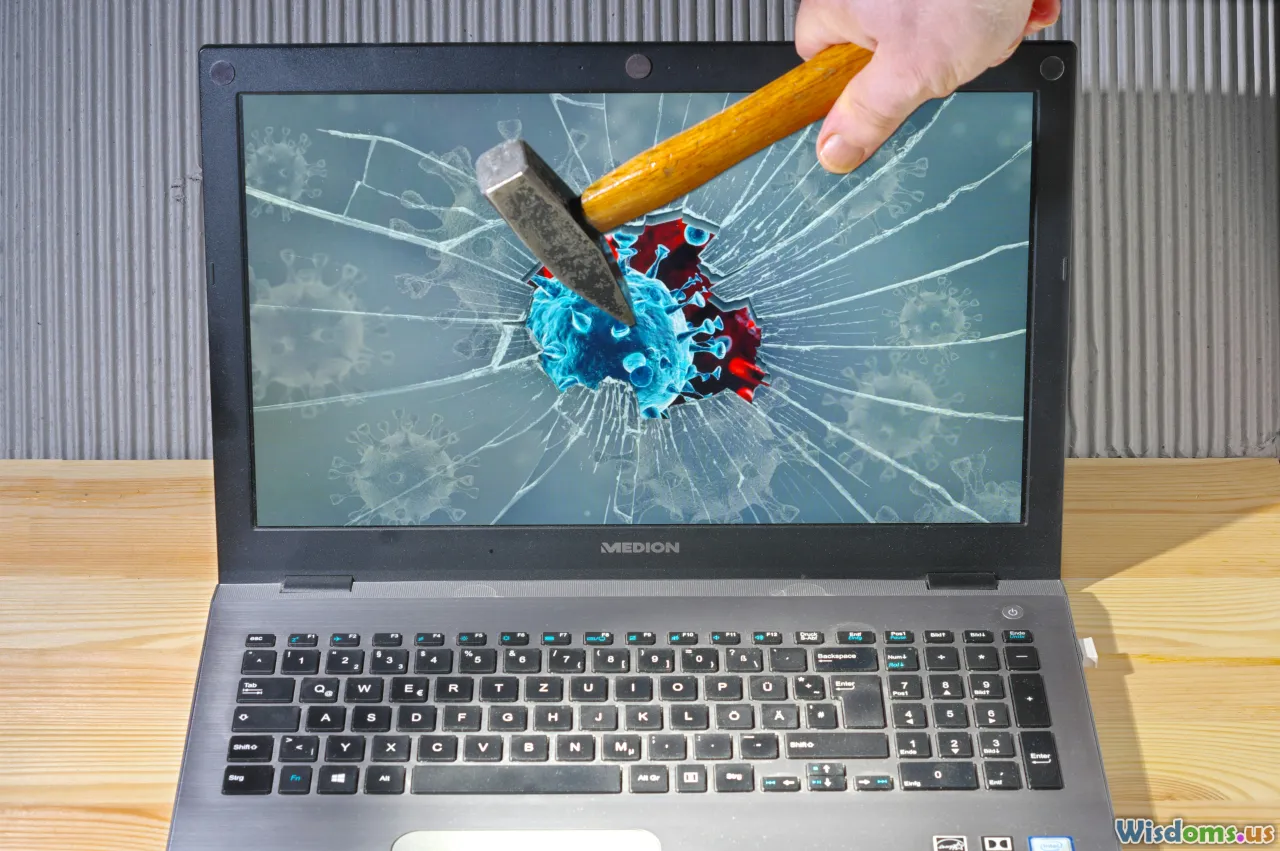
Why Taking Risks is Key to Personal Breakthrough
15 min read Discover why embracing risks is essential for unlocking personal growth and achieving significant breakthroughs in life. (0 Reviews)
Why Taking Risks is Key to Personal Breakthrough
Stepping out of your comfort zone is more than just a motivational catchphrase—it’s the heartbeat of personal and professional transformation. History is filled with stories of individuals who veered off the beaten path, daring to challenge conventions and take calculated risks. For every groundbreaking invention, life-changing career pivot, or exceptional act of courage, there lies a pivotal moment of uncertainty chased by hope. But why exactly must one embrace risk to achieve a breakthrough?
Let’s dive deep into the compelling psychology, practical strategies, and inspiring examples that illustrate why risk-taking is a non-negotiable for those eager to elevate their lives.
Understanding Risk: The Foundation for Growth

Risk is often misunderstood as reckless leapfrogging without thought. In reality, calculated risk is the cornerstone of progress. Every personal breakthrough starts with a willingness to leave behind old habits and steady certainties for the possibility of gain and growth.
Neuroscience and Growth: Brain studies reveal that stepping into the unknown stimulates neuroplasticity—the process by which your brain forms new connections. According to a 2021 study in Nature Neuroscience, active engagement in new and uncertain activities creates more synaptic links, which strengthens learning and adaptability.
Example: Consider the journey of Sara Blakely, founder of Spanx. Lacking any background in business, design, or manufacturing, she invested her life savings in her startup. Her willingness to wade through uncertainty transformed her into the world’s youngest self-made female billionaire. Not every risk pays off this spectacularly, but many achievers—large or small—credit their leaps into the unknown as the spark for their growth.
The Psychology of Fear and How to Channel It

Fear of risk is an evolutionary safeguard—our brains are wired to avoid danger rather than gravitate toward opportunity. But in the modern world, physical threats are often replaced by psychological barriers: fear of failure, rejection, or embarrassment.
Tip: Reframe Your Fear.
When faced with a challenging decision, ask not “What if I fail?” but “What could I learn if I try?” This subtle shift focuses your mind on potential growth and learning rather than loss.
Concrete Insight: Stanford psychologist Carol Dweck's research on the fixed vs. growth mindset demonstrates that people who see failures as learning experiences are more likely to pursue risks and achieve long-term goals. For instance, Thomas Edison regarded his thousands of unsuccessful lightbulb prototypes not as failures, but as lessons on what doesn't work.
Calculated Risk Versus Recklessness: Drawing the Line

Not all risks are created equal. The most effective breakthroughs stem from calculated—not impulsive—risks. Calculated risk-taking relies on:
- Research and preparation
- Evaluating pros and cons
- Identifying the worst-case scenario
- Setting contingency plans
How-To: Evaluate Your Risk
Consider you’re thinking of switching careers midlife. A reckless leap would be to quit your job with zero savings or job experience in the new field. A calculated risk involves networking in your chosen industry, building financial cushions, acquiring certifications, and experimenting through part-time or project work first.
Real-World Comparison: Startup co-founders often mitigate their risk by running a ‘side hustle’ alongside their steady job until traction or funding becomes viable. This dual-pronged approach balances ambition with pragmatic safety nets.
Breaking Through Limiting Beliefs

Personal breakthroughs rarely occur without confronting self-imposed barriers. Limiting beliefs—assumptions we accept as truths—quietly stifle ambition and willingness to take risks.
Analysis: Harvard researcher Robert Kegan posits that personal transformation often means uprooting long-held stories about your own capabilities. For instance, someone convinced that "I'm not creative" may never enter a painting competition—or even pick up a brush.
Exercise:
- Identify a recurring thought that holds you back (e.g., “I'm too old to start over”).
- Gather counter-evidence—stories of people who defied that norm.
- Reframe: Transform “I can’t because…” to “What if I could…”
Example: In her 70s, Anna Mary Robertson Moses (Grandma Moses) started painting for the first time, eventually achieving national acclaim. Her story underscores that breakthroughs are not reserved for the young or privileged, but for the willing.
How Risk Fuels Innovation and Opportunity

Risk is the engine of creativity. By venturing beyond familiar boundaries, you invite serendipity—those chance encounters and ideas that transform possibility into reality. Almost every major innovation emerged from someone daring to question or reimagine norms.
Example: Apple’s launch of the first iPhone wasn’t just a gamble; it was seen as an outlandish, risky pivot into a saturated industry. The gamble paid off, and the rest is history. Similarly, in science, Marie Curie’s decision to pursue her own path in radioactivity, despite societal hurdles, reshaped modern medicine.
Tip:
Set up a "risk budget" in professional or creative projects. Allow for a certain percentage of efforts that might not pan out. This encourages team members to propose bold ideas without fearing censure for failure.
Steps to Building Your Risk-Taking Muscles

Like a muscle, your capacity for risk grows with intentional practice. Here’s a step-by-step approach:
- Start Small: Take micro-risks daily. This could be initiating a conversation with someone new, pitching an idea in a meeting, or trying an unfamiliar activity.
- Reflect on Outcomes: Whether you succeed or fail, jot down three things you learned.
- Gradual Escalation: Keep expanding your comfort zone with incrementally bigger risks—like volunteering for a leadership role or traveling solo.
- Accountability Partners: Surround yourself with those who encourage boldness and offer honest feedback.
- Reward Yourself: Celebrate risk-taking, not just success.
Case Study: Richard Branson, serial entrepreneur, attributes his success to years of regularly saying 'yes' to daunting projects. Starting with little risks (like launching a small magazine), he built up resilience for ventures that changed industries.
Learning from Failure: The Secret Ingredient

Risk entails the very real possibility of failure—but in the narrative of successful people, every misstep is a masterclass.
Insight: Sara Blakely famously keeps a “failure journal.” Each week, she records setbacks, reflecting on lessons gained. This practice removes the stigma around falling short and reframes it as necessary data for future success.
Tips to Extract Lessons from Failure:
- Own your mistakes: Don’t blame circumstances or others—owning failure accelerates learning.
- Debrief: Ask: What worked? What didn’t? What would I do differently?
- Share your story: Talking about failure can inspire and inform your peers or team, normalizing learning from error.
Example: After an initial failed attempt at launching a sports streaming service, entrepreneur Mark Cuban scrutinized the project’s shortcomings, pivoted, and ultimately sold a new venture, Broadcast.com, to Yahoo for $5.7 billion.
Creating a Risk-Friendly Environment

Whether it’s your family, workplace, or community, the culture around you either nurtures or stifles risk-taking.
How-To: Build a Supportive Culture
- Embrace transparency: Let people know risk-taking is valued—even encouraged.
- Model vulnerability: Leaders and parents who share their own risks and mishaps send powerful signals.
- Reward effort: Celebrate those who try new things, regardless of outcome.
Team Example: At Google, the company’s mantra encourages staff to “move fast and break things.” This is more than slogan; it’s reflected in how teams are structured to allow rapid prototyping and forgiveness for mistakes. Such environments are fertile ground for creative risk-takers.
Navigating Risk in a Digital Age

Today, risk also manifests in new, digital forms. From sharing your opinions online to starting a podcast, or investing in cryptocurrencies, the 21st-century landscape can amplify both the stakes and the rewards.
Comparison: Risk-taking previously meant starting a brick-and-mortar business. Now, it could be launching a virtual service, creating a viral social media campaign, or building a personal brand. The barriers to entry are lower, but speed and competition are much fiercer.
Insight: Digital risks often require new kinds of due diligence. For instance, researching cybersecurity measures before using cloud services or considering the potential impact of digital footprints on long-term reputation and employability.
Overcoming Setbacks: Resilience in Action

Even with prudent planning, not every risk pans out as hoped. What sets trailblazers apart is their resilience—the ability to adapt, recover, and press on.
Actionable Advice:
- Detach identity from outcome: See yourself as separate from your results, which fosters persistence.
- Practice self-compassion: Accept setbacks as inevitable parts of growth.
- Update your strategy: Revise your approach based on new information or circumstances.
Example: Oprah Winfrey faced repeated professional and personal setbacks before breaking through in media. Not only did she willingly change paths, but she also corecognized the value of each hurdle as part of her journey.
Embedding Risk-Taking into Your Daily Life

The ultimate breakthrough is not a single moment, but a lifelong process. By embedding risk-taking into your daily behaviors, you position yourself for continuous evolution.
Tips:
- Set a "weekly risk challenge": Each week, set one specific risk—no matter how minor—to pursue.
- Track progress: Maintain a journal to observe patterns, results, and shifting comfort zones.
- Mentor others: Teaching others to take chances enshrines risk-taking into your identity and community.
Inspirational Note: Nelson Mandela, released from jail after 27 years, risked forging unity in a divided nation instead of seeking retribution. His example demonstrates that everyday risk-taking—large or small—can have profound and transformative effects.
Risk is not the absence of caution, but the embrace of possibility. Daring to take the next uncertain step, however small, is not only how you break through stagnation but how you craft a more vibrant, expansive, and fulfilling life. Seize your moments—one bold decision at a time.
Rate the Post
User Reviews
Popular Posts

















